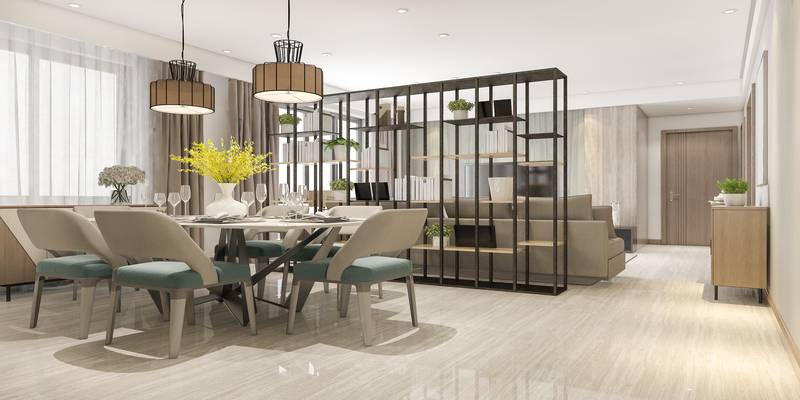Home – a place where our soul resides

Often, people flaunt labels such as ‘Wanderlust’, ‘Queen/King of travel’, ‘Globetrotter’, and ‘Travel Junkie’, among others on their social media profiles. The reality, however, is that we only sleep sound when the head hits the familiar pillow. You only feel perfectly yourself in the comfort of your homes. That is because your home has, within it, a little piece of your soul.
Endless memories, countless moments of joy, envy, grief, and euphoria is witnessed by the four familiar walls. All walls, made of brick and mortar, or wood and insulation, contain countless stories within them.
These little rooms emit the energy they get from the tenants that live in them. Some of that energy is also reflected by the architectural styles that they are built into. Every corner of the world has its unique architectural styles that portray its culture. Here are some of the most famous architectures across the world that have baffled modern architects owing to their distinctive layouts.
Wada architecture
It is a reflection of the Hindu architectural skills in India. Large houses surrounded by gardens and a central courtyard surrounded by rooms is nothing short of mesmerising. The central courtyard allows natural light and ventilation, providing good air circulation all year round. These beautiful homes are making a comeback with new vigour due to their visual appeal as well as functionality.
Victorian architecture
This form of architecture marks not the style but the era of Queen Victoria’s rule over Great Britain. The reign spans over 60 years and is later seen as a revival. The Victorian era was all about defining grandeur through ornamental richness. Rich gleaming golds paired with gems and expensive velvets make their presence known in this type of home decor. Victorian architecture bloomed in Britain and managed to influence internationally. They can be found in several North American countries, Australia, and New Zealand, even today as the remnants of the era bygone.
Modern architecture
Modern architecture dominated the architectural style of the 1930s through 1960s in Europe as well as the United States of America. It was the modernist movement defining the rapidly changing world. It marked the aesthetic as well as structural advancement across the globe. Modern architecture can easily be defined as an analytical and functional approach to building a home. Open floor plans, flat roofs, and minimalist decor that we all brag about are all a gift of the modern architecture movement.
Ranch style architecture
Patios and gazebos were the new introductions in the countryside homes under this trend. Single-storey homes with dedicated open spaces meant for viewing and outdoor entertainment are what ranch style homes are all about. They redefine the open floor plan and offer a great fluidity of movement within homes. These homes are designed to weather all storms, small and big, and provide a nourishing space for generations to come.
Greek revival architecture
Symmetry, proportion, elegance, and simplicity — these four words are enough to define the Greek style architecture, be it original or revival. Although grand would be another word for the original Greek architecture. The ancient civilisation may be treated as the era of no technology, but that never stopped the Grecians from building geometrically accurate and challenging architectures of vast proportions. Greek revival architecture reflects on the 5th-century temples and builds on the principles of highlighting its simplistic and elegant beauty in a more everyday approach.
Italianate architecture
It reflects a modern take on traditional styles. Like all things Italian, it breathes passion into concrete with its unique style. It takes inspiration from the Mediterranean farmhouses to give it an all-American flair. Towers are a famous characteristic feature of the Italian architecture. They define the passionate and artistic side of the Italian designers in its ornate carvings and designs.
Tudor architecture
The Renaissance era (15th and 16th century) Tudor architecture truly brought the use of timber in highlight. Lavish can easily be a one-word definition of these houses. Tudur architecture is famous for its ornate roof designs, large bay windows with beautiful curtains, and elaborate plaster ceilings with creative designs. They also showcase rich wood panels and a touch of glamour with the ode to Renaissance ornamental motifs. Turn the Tudor architecture in all black, paired with dark wood richness and a touch of velvet, and you have the Gothic architecture right there!
Home sweet home
We can safely conclude that every home whether small or grandiose has a unique story to tell. This story spans across generations and some homes sustain centuries worth of generations. If walls could talk, the stories they would tell will pale all the literature in comparison.
Article by: Gauri D.






